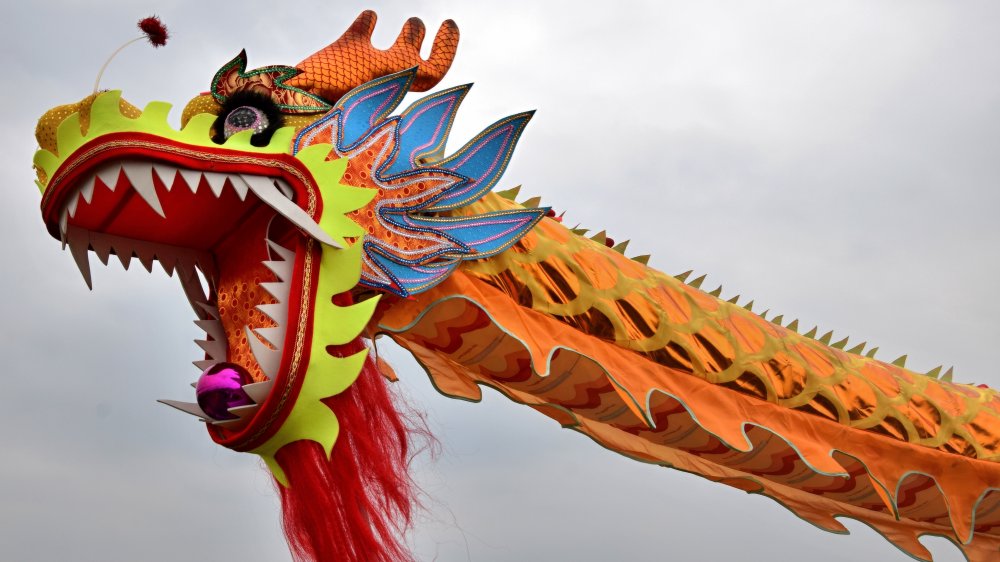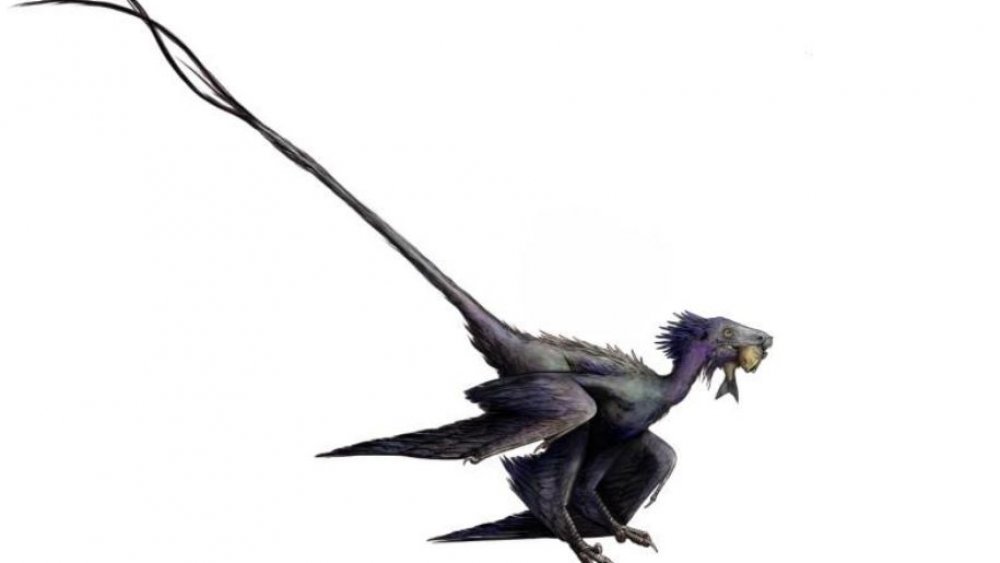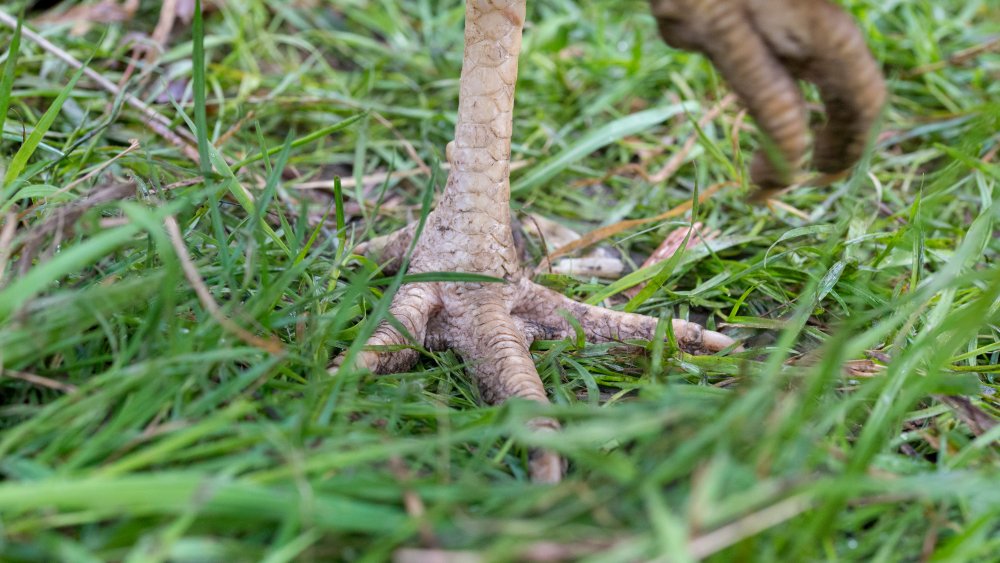'Dancing Dragon' Feathered Dinosaur Fossil Discovered In China
Get ready, kids and parents: there's a new dinosaur name to memorize!
It has often been speculated that a great deal of dragon mythology was originally inspired by dinosaur bones, so it's only fitting that a new species discovered in China has been named Wulong bohaiensis, or "the dancing dragon." Far smaller than the mythical creatures from which they draw their name, according to Reuters, these little dudes definitely looked the part. What is perhaps most fascinating about this discovery, though, is the dinosaur's unique feather growth, which may finally bridge the gap between the so-called "terrible lizards" and the birds they evolved into.
Here be dragons
An ancient cousin to velociraptors, the Wulong bohaiensis lived approximately 120 million years ago, during the Cretaceous Period. They resided on the shores of lakes, most likely preying on small animals like fish, lizards, and the little mammal rodents that you're descended from (sorry, it's true). Despite their overall body being about the size of a raven, according to CNN, the dancing dragons had an amazing tail that more than doubled their length, and ended in two plumes. Just like their velociraptor and Deinonychus brethren, the avian characteristics of Wulong bohaiensis help scientists to better understand how certain key features of today's birds, such as the ability to fly, first came about.
Now, to be clear, dancing dragons weren't birds. They didn't fly. They had sharp teeth, instead of beaks. They were covered in feathers, though, and that's probably what interests experts the most, because the speed at which they grew said feathers — and, perhaps, the purpose for them — was quite different from a contemporary rooster.
The poor little dragon was just a kiddo
When researchers sliced into the bones of these mysterious fossils, what they found was that the dinosaur in question was just a juvenile specimen, rather than a grown-up. Why was that weird? Well, because birds don't grow such magnificent feathers until they become adults, and when it comes to features like that extravagantly long tail plumage, they're primarily used for mating rituals. According to Science Alert, this poor Wulong bohaiensis never reached sexual maturity, which signifies that such adult feathers may have not only grown way faster than those of a bird, but for entirely different reasons.
Self-defense, maybe? A feathered battering ram? Perhaps they used their fluffy tail to reflect the energy of Earth's yellow sun, and thus grant them superpowers? For now, the jury's still out. What's significant here, though, is that while dinosaurs with feathers may have looked like overgrown birds, the purpose for said feathers was probably quite different.
Hence, while the dragon has now shown its face, it is still hiding many secrets. Beware!


